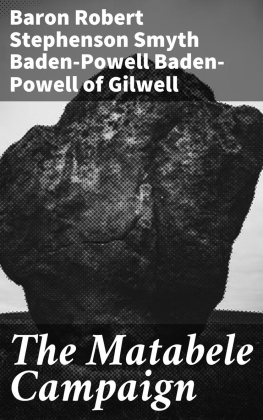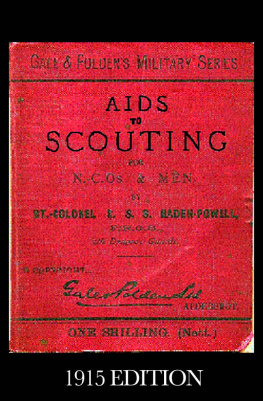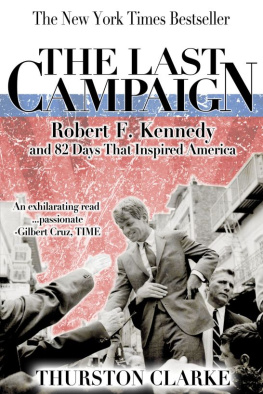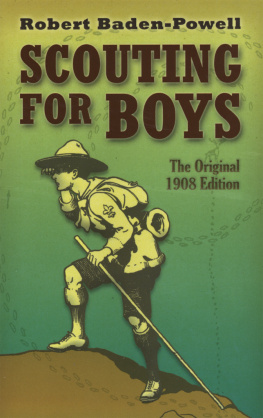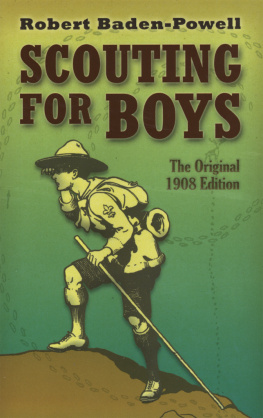CHAPTER II
Table of Contents
State of Affairs in Matabeleland
BuluwayoToo many Heads may spoil the CampaignThe SituationOrigin of the RebellionThe Power of the MlimoThe Outbreak of RebellionDefence Measures and Rescue PatrolsNative PoliceSorties from Buluwayo inflict Blows on the EnemyMacFarlanes Attack relieves the Pressure on the TownPlumers Relief Force continues the driving back of the EnemySir Frederick Carringtons Plan of Campaign.
3rd June.Unpacked ourselves at 1 a. m. from our lairs in the corners of the coach, with something akin to regret at leaving the old thing after ten days and nights in her. But it was a blessing to bed down in a house, and the bath on waking was worth gold. (Bathroom was the verandah in the main street.)
Our lodging was next door to the club buildings, now used as a barrack for Greys Scouts, and defended with a small bastion of tin biscuitcases and sacks filled with earth. By breakfasttime I had investigated Buluwayo.
A red earth flat laid out by ditches, in blocks and streets, over two miles long and half a mile wide. The centre portion of the town well filled with buildings, all singlestoreyed, some brick, some tin, some paper (i.e. wirewove, readymade in England, sent out in pieces), all with verandahs. The more outlying blocks only boasting a house or shanty here and there. Most of the houses built with a view to ultimate extension; e.g. one consisted of, evidently, the scullery, back kitchen, and offices, the front to be added later, when better times came round. The gardens, streets, and vacant lots richly sown with broken bottles, meat tins, rags, and paper; scarcely a garden, shrub, or tree in th place. The houses generally, if they are not Bottle stores (i.e. publichouses), are either drygoods stores or mining syndicate offices. Everywhere enterprise and rough elements of civilisationnot forgetting the liquor branch.
Half a mile southward of the town lies a bushcovered rising ground, on which are a good number of villas, with their two or three acres of bush fenced in to form their gardens in the future. At present they are deserted, the owners living in town while the Matabele are about.
In the centre of the town is the market square with its market housea big brick building which is now used as the main refuge and defence of the town. Round the market house is drawn up a rectangular laager of waggons, built up with sacks full of earth to form a bulletproof wall. Outside the laager the ground for twenty or thirty yards is rendered impassable by means of entanglements of barbed wire and a fence of the same, as well as by a thick sprinkling of broken bottles all over the ground itself.
Up on the roof of the hall is a lookout turret, from which, by touching a button, an observer can at will fire any of the electric mines which have been laid in the various approaches to the market square.
Although most of the people who have houses in Buluwayo are now living in their homes again, there are numbers of families from suburban or outlying farms who are still living in the laager. And at the western end of the town is another smaller laager of waggons round a house, in which a number of Boer farmers, with their families, are living.
We had a very nice house commandeered (i.e. taken over by Government at a fair rental), and handed over to us for our use as a dwellinghouse, ready supplied with furniture, etc.; and then the offices of one of the goldmining companies were similarly commandeered and assigned to us for offices. In a very short time we had settled down and were hard at workand there was lots to do.
Of course our first business was to interview all the heads of affairs, and so to form an idea of the situation.
Sir Richard Martin (with whom I had served previously, when on the mission to Swaziland, under Sir F. de Winton) is Deputy Commissioner, appointed since Jamesons raid to regulate the use and moves of the armed forces in the Chartered Companys territories, so as to prevent any further adventurous departures on their part. Lord Grey is Administrator of the Government of the whole country of Rhodesia, which includes Matabeleland and Mashonaland, etc.a tract of country 750,000 square miles in extent, or equal to Spain, France, and Italy together. Mr. Cecil Rhodes, while bearing no official position, practically represents the management of the country as well as of the Company, and his advice and experience are of the greatest value, since all the other heads are new arrivals in the country. And it is in this number of heads that our danger would apparently, and our difficulty will most certainly be. Virtually, of course, the General is the head while active operations are in progress, but he has to cut his cloth according to the style approved by the Deputy Commissioner, according to the expense sanctioned by the Administrator, and according to the general design required by the High Commissioner, while not totally disregarding the local experience of Mr. Rhodes and others. Altogether, the principle of strategy, which directs that the General in command should merely have his objective pointed out to him, and a free hand given him, seems to be pretty well trenched upon by the present arrangement, though, under the circumstances, it could not well be helped. This, however, has always been the case in the history of South African warfarefrequently with fatal resultsso it is nothing new: the only thing is to make the best of it, and pull together as much as possible.
And this is what we find is the situation of affairs.
Matabeleland had been captured by the Chartered Companys troops, acting from Mashonaland, in 1893, and Lobengula driven to his death as a fugitive. Since then the country had been governed by the Administrator and his magistrates and native commissioners in the various districts into which the country was divided.
By 1896 the white population had increased to nearly four thousand, guarded by an armed police force distributed about the country. At the end of 1895 the greater part of this police was taken from Rhodesia, in order to take part in Jamesons raid into the Transvaal.
Just about the same time the terrible scourge of rinderpest came down upon the land. Three years before, it had made a start in Somaliland, and had steadily and persistently worked its way down the continent of Africaand it now crossed the mighty barrier of the Zambesi, and was sweeping over the great cattlecountry, Matabeleland. With a view to checking its ravages, the Government took all possible steps for preventing the transmission of infection, and, amongst others, that of slaughtering sound cattle was adopted. This procedure was perfectly incomprehensible to the native mind, and before long it was mooted among them that the white mans idea in slaughtering the cattle was to reduce the native to the lowest straits, and to starve him to death.
The natives had only been very partially beaten in the war in 1893, and the memory of it rankled strongly in their mind. They had thought the war was merely a passing raid, and it was only now they were realising that the whites had come to stay, and to oust them from their land. They were only waiting for their opportunity to rise and drive out their invaders.


